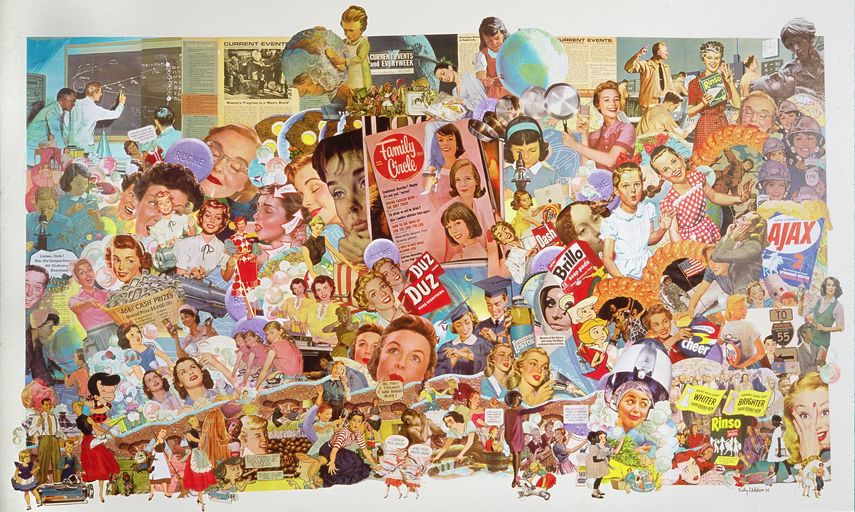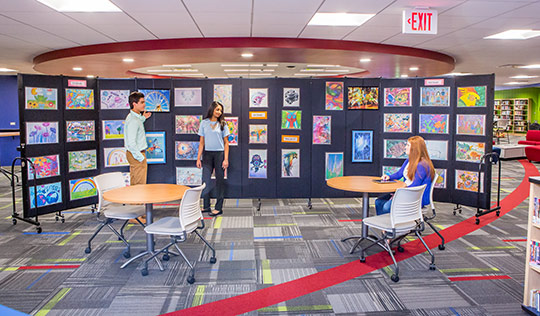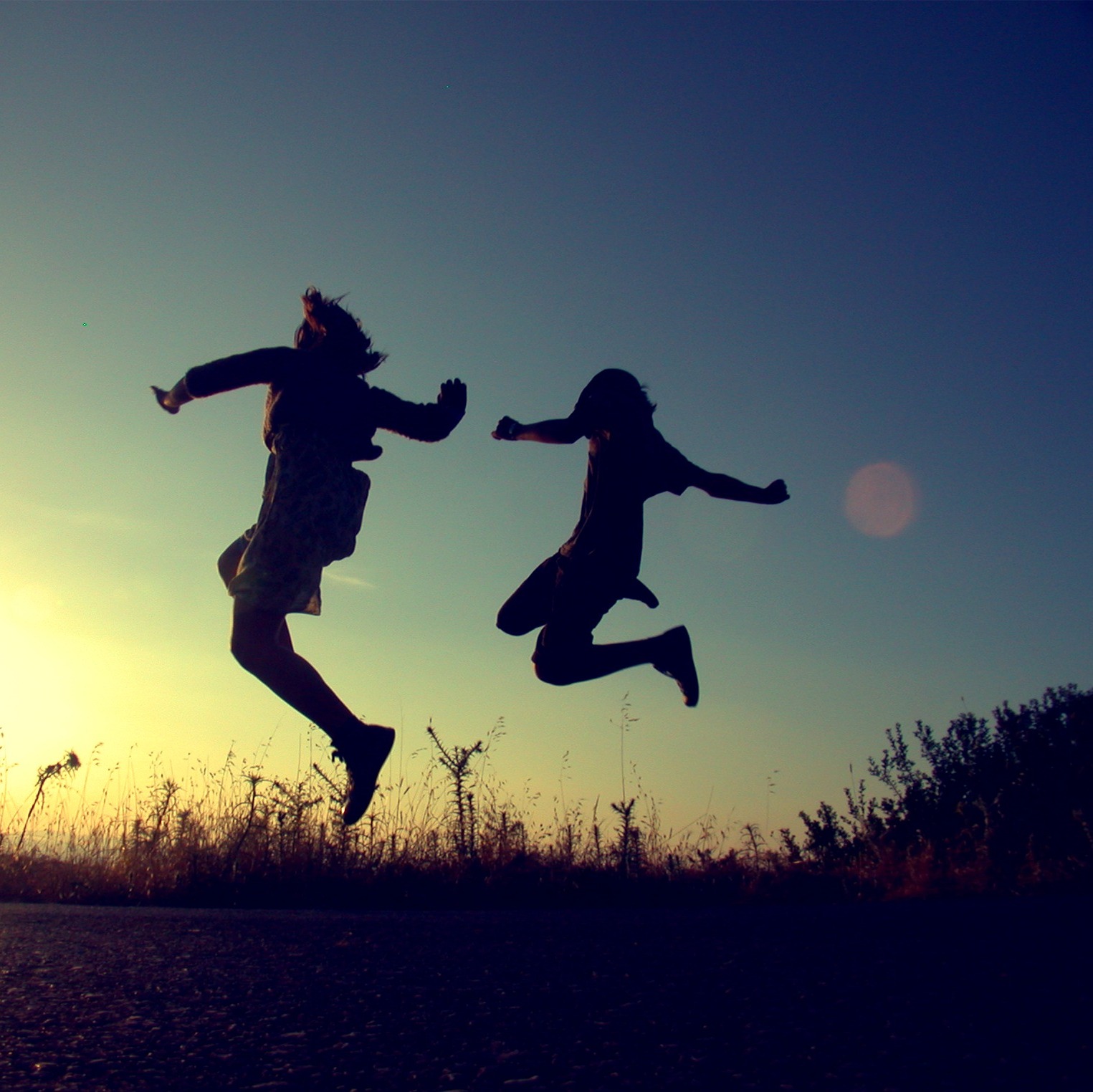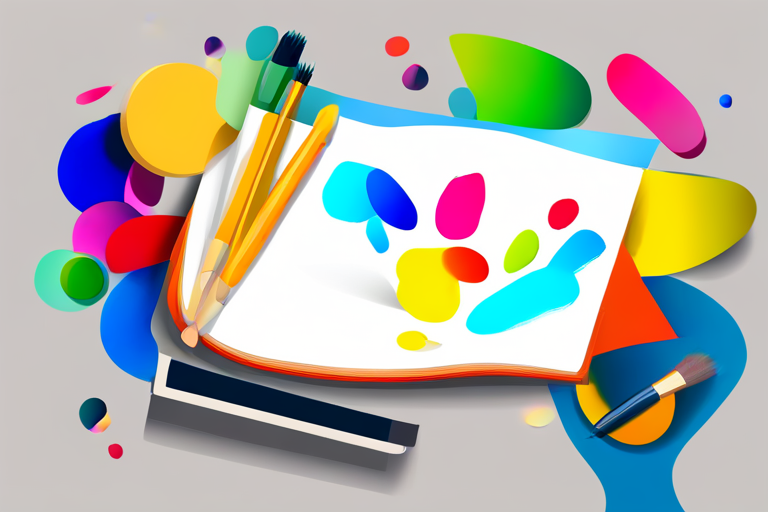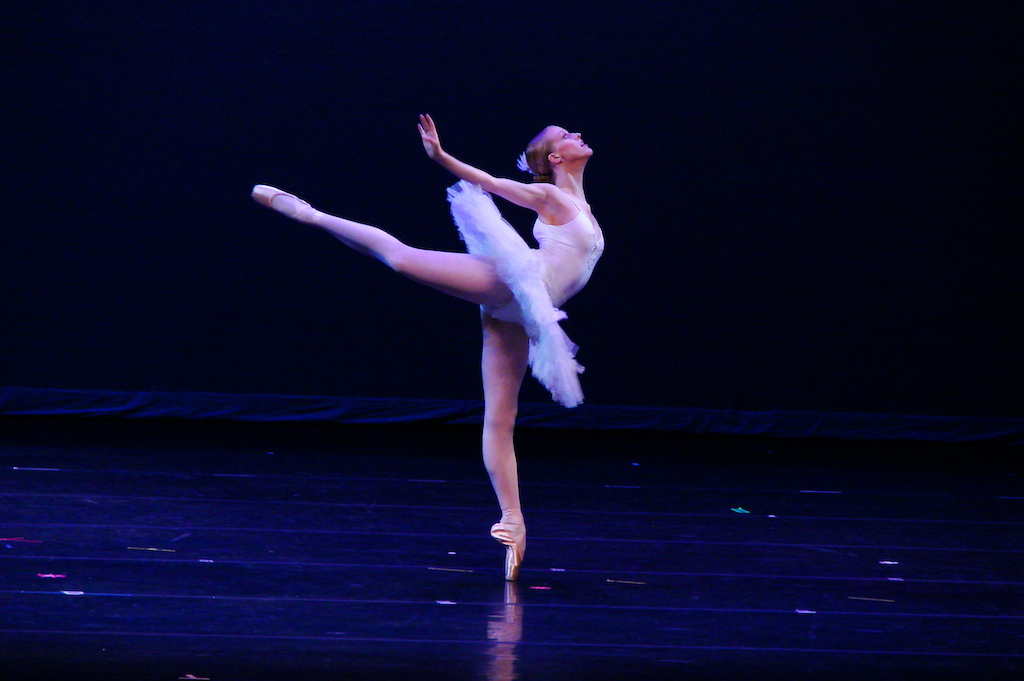Exploring the Impact of Pop Culture on the Arts
Pop culture plays a significant role in shaping artistic movements and trends across various mediums. From music and film to visual arts and fashion, the influence of pop culture can be seen in the works of artists around the world. In this blog post, we will delve into the impact of pop culture on the arts and explore how it has transformed and expanded the creative landscape.
1. Influence on Music:
Pop culture has revolutionized the music industry, introducing new genres and styles that resonate with a wide audience. Icons like Elvis Presley, Madonna, and Michael Jackson have not only shaped the sound of their respective eras but have also inspired countless musicians who followed. Additionally, pop culture’s impact can be felt in the rise of music subcultures such as punk, hip-hop, and EDM, where artists have used their art as a medium to express social and cultural issues.
2. Impact on Film:
Pop culture has been a driving force in the film industry, with popular movies often reflecting societal trends and capturing the spirit of their time. Blockbuster franchises like the Marvel Cinematic Universe have created a shared cultural experience, generating fan communities that engage with the films through fan art, cosplay, and online discussions. Through their visual storytelling, films influenced by pop culture have the power to shape perceptions, influence fashion trends, and generate fervent fanbases.
3. Transformation in Visual Arts:
Pop art emerged in the 1950s as a significant movement that blurred the lines between high and low culture. Artists like Andy Warhol and Roy Lichtenstein incorporated elements of popular culture, such as consumer products and iconic figures, into their artwork. This movement challenged traditional notions of what art could be and expanded the definition of artistic expression. Today, pop culture continues to inspire artists who incorporate references to popular media, celebrities, and consumer culture in their works.
4. Influence on Fashion:
Pop culture has a profound impact on fashion, influencing trends and styles that quickly spread through the industry. Celebrities serve as style icons, with their red carpet looks and casual streetwear influencing the choices of fashion-forward individuals. Brands collaborate with pop culture icons to create limited-edition collections, leveraging their influence to drive sales. Moreover, digital media and social platforms like Instagram have democratized fashion, allowing influencers and individuals to shape trends in real-time, further blurring the boundaries between pop culture and fashion.
5. Convergence in Digital Media:
The rise of digital media and the internet has amplified the impact of pop culture on the arts. Artists can connect with a global audience, share their work, and gain recognition through platforms like YouTube, TikTok, and Instagram. Memes and viral trends spread rapidly on social media, shaping popular culture dialogue and inspiring artistic creations. The internet has also facilitated collaboration and remix culture, where artists blend and reinterpret elements of pop culture to create innovative and thought-provoking works.
In summary, pop culture has become an integral part of the arts, influencing musicians, filmmakers, visual artists, and fashion designers. It has transformed traditional art forms and given rise to new artistic expressions, creating a dynamic and ever-evolving creative landscape. As we continue to embrace and engage with pop culture, its impact on the arts will likely continue to shape and inspire future artistic endeavors.







